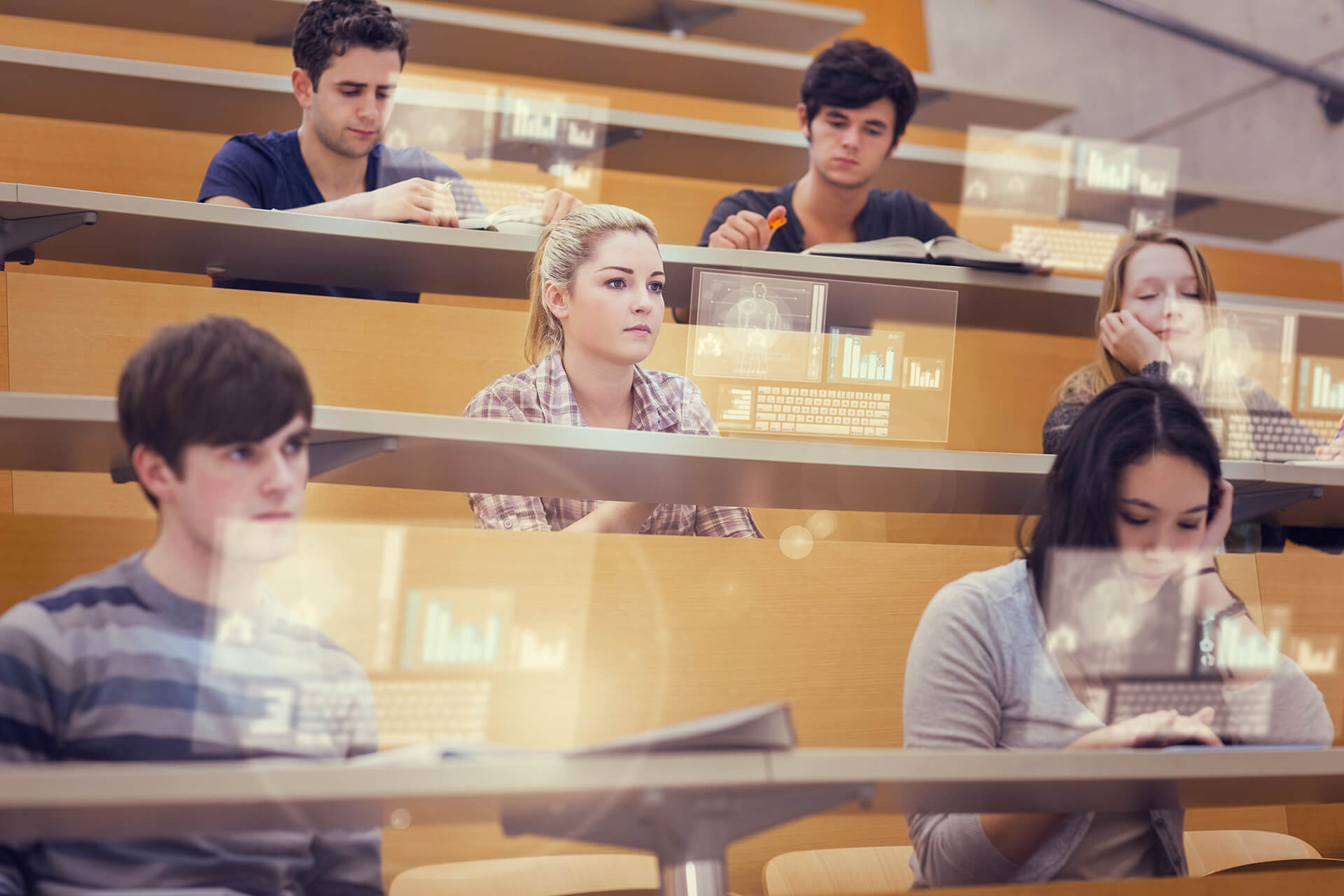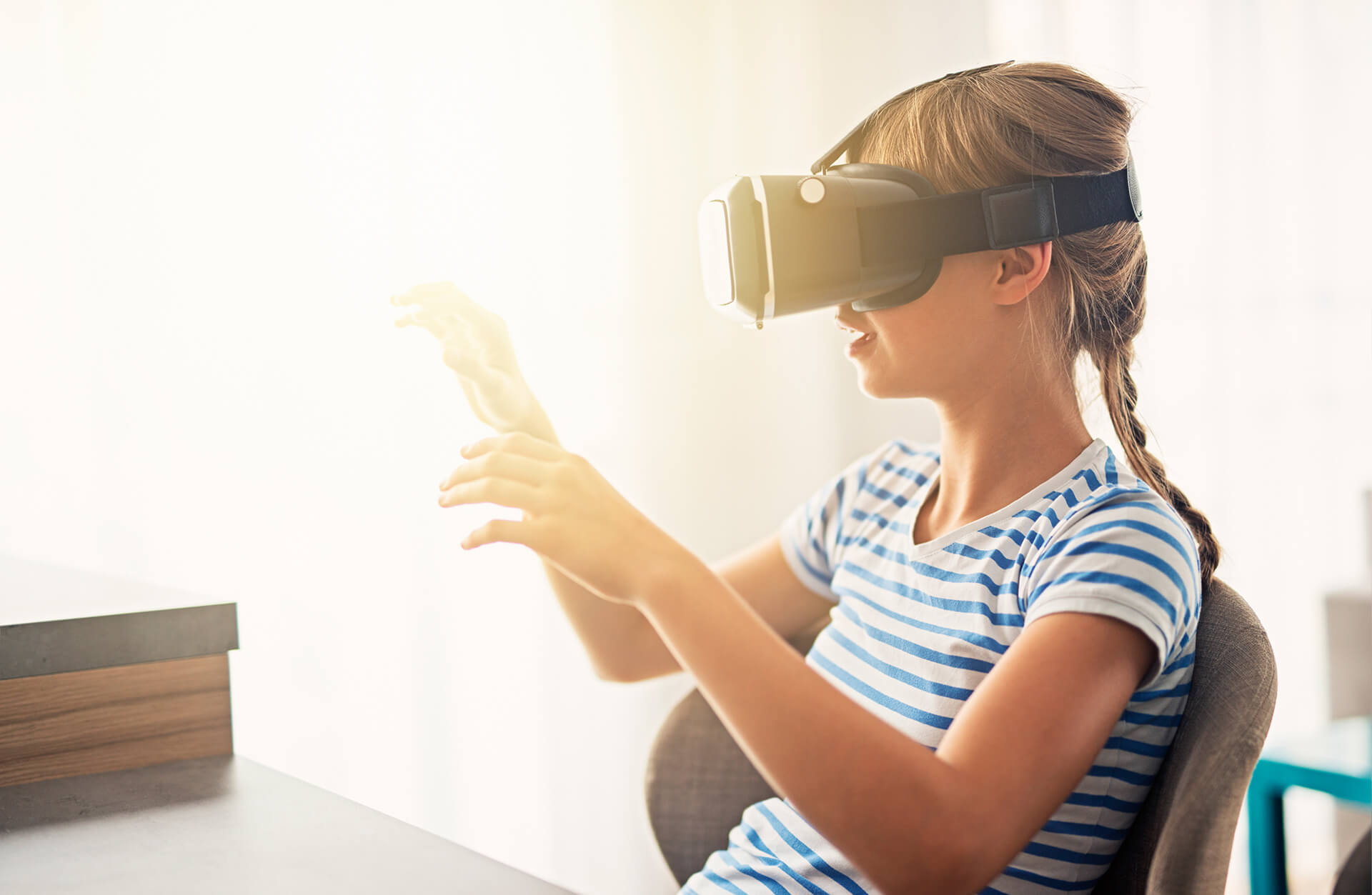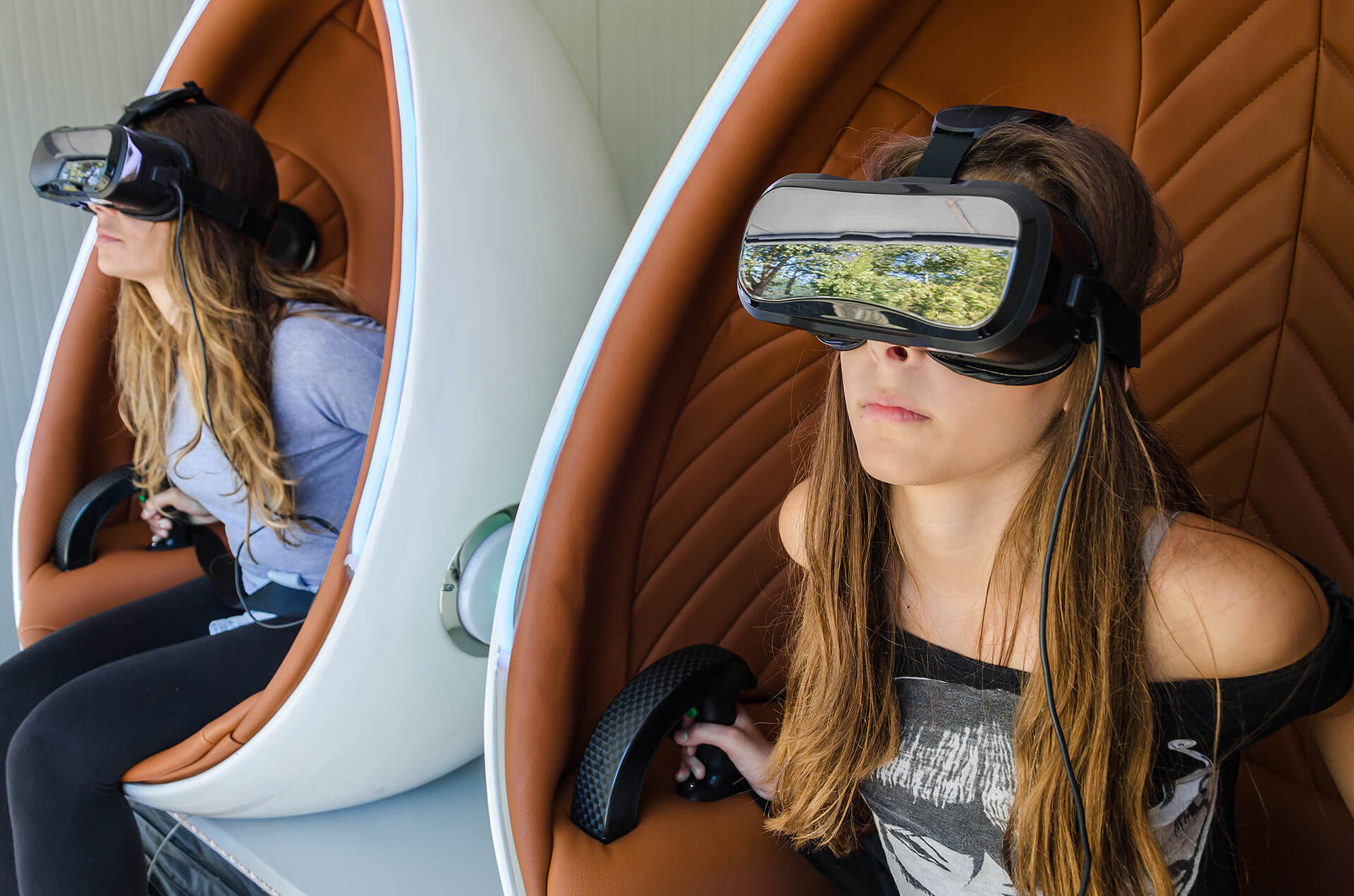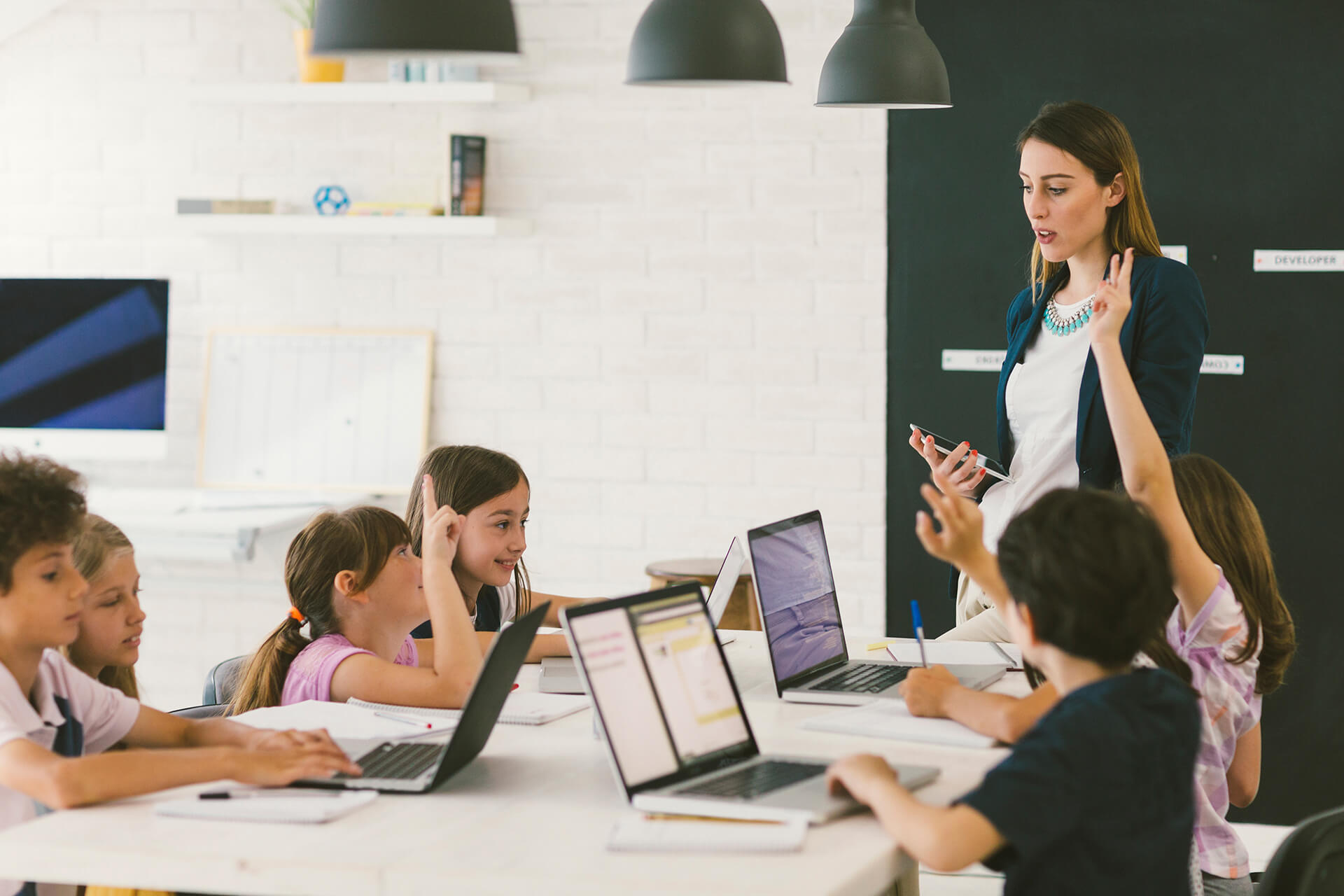What will classrooms be like by the year 2030?
With advancing technology, free access to limitless information and a deeper understanding about the ways in which children learn, the classroom of the future is expected to be a vastly different from the ones we recognise today.
In this special report, we examine what a classroom in 2030 will be like for both teachers and students…

Technology
By 2030, desks will have integrated screens, lessons will be created, shared and experienced in the cloud, and homework will be done through digital applications through mobile devices. This opens a world of possibilities for virtual teaching. Children in a UK classroom could receive instruction via video streaming from top experts in their field, from any location in the world. A French lesson becomes so much more engaging when taught by a French teacher streaming directly from Paris. Children could ‘visit’ historical sites, see the real geography of the planet, take tours through international universities or research laboratories, and examine the world of work from the inside, all from their classrooms using a virtual reality headset.
Artificial intelligence is almost certainly going to have a presence in the classroom. With bots like Kuri and Olly already making their way into people’s homes, it’s inevitable that bots like these will assist in classroom environments, answering questions and providing children with guidance and support.

Space Design
The environment in which children learn is set to change dramatically. It will be possible for children to learn in virtual classrooms without being physically present in one. Virtual reality learning will make it possible for children who live in remote areas to access world-class teaching without commuting. In the same way that adults often work from home, learning from home two or three days a week could become the norm.
Virtual space aside, the physical classroom is also destined to change. Already teachers are seeing the value in moving desks out of their traditional straight lines facing the teacher, and moving desks together so that children can work more collaboratively. Isolation pods will also become commonplace for deeper immersion in subjects for individual pupils.
Instead of walls filled with printed charts and static material, the walls are more likely to be real-time screens that automatically display information relevant to the subject that is being taught, or even to stream videos of experts and specialists for a more interactive learning experience.

Smart Furniture
The key factor with regards to classroom furniture in the future is adaptability and mobility.
Desks and chairs with integrated intelligence will become commonplace. SmartDesks and SmartChairs will be connected to the Internet and will constantly collate statistics on how it is being used and how each piece of furniture could better serve each pupil. This information could help teachers assess concentration spans and identify the children that need to be standing or moving to concentrate fully.
Ergonomics has long been a consideration in the workplace and furniture that is designed for comfort and support for developing bodies is already proven to have an impact on the ability of children to learn more effectively. Replacing traditional chairs with intelligent balance ball chairs could boost concentration levels as well as improving sitting postures.
Another growing trend set to continue is the ability to transform and morph spaces quickly with minimal noise and disruption, depending on the type of lesson or subject that is being taught. By 2030 we expect to see school furniture that can easily transform, and perhaps even transform itself, to suit a teacher’s specific requirements.

Culture
Classroom culture is also set to change. With instant access to all the information in existence via the cloud – the teacher’s role will become one of curator and guide. Helping pupils to access the right information at the right time in their development is likely to become central to the teacher / pupil relationship in the next decade.
Outside of the classroom, we expect to see the culture change too. The Finnish education system is a shining example that other nations are closely examining with a view to emulating over the coming years. In Finland the school curriculum is not prescribed, it is offered as a guide only. Finnish children do not start school until age 7, have longer playtimes and recreational breaks and yet are amongst the highest performing academics in the world. More outside time and shorter school days, supplemented by remote learning and virtual teaching is a development we’re likely to see in the coming years.
Real-Time Analytics
Rather than a parents evening once per year, future parents will have direct online access to real-time reporting which tracks the progress of their children through an online platform. This will help parents identify any subject area that their child may be struggling with and supplement this subject with virtual tuition at home. As well as test and homework scores being tracked, wearable technology will also report on pupils wellbeing by tracking heart rate, mood and emotional state throughout the school day.

Of course, these changes are all predictions based on current trends continuing. We can never truly know what discovery or invention is around the corner and how that will impact the education sector.
We can say with certainty however, that the pace of change has never been so fast and that the classroom of 2030 will be radically different from those we teach in today.

